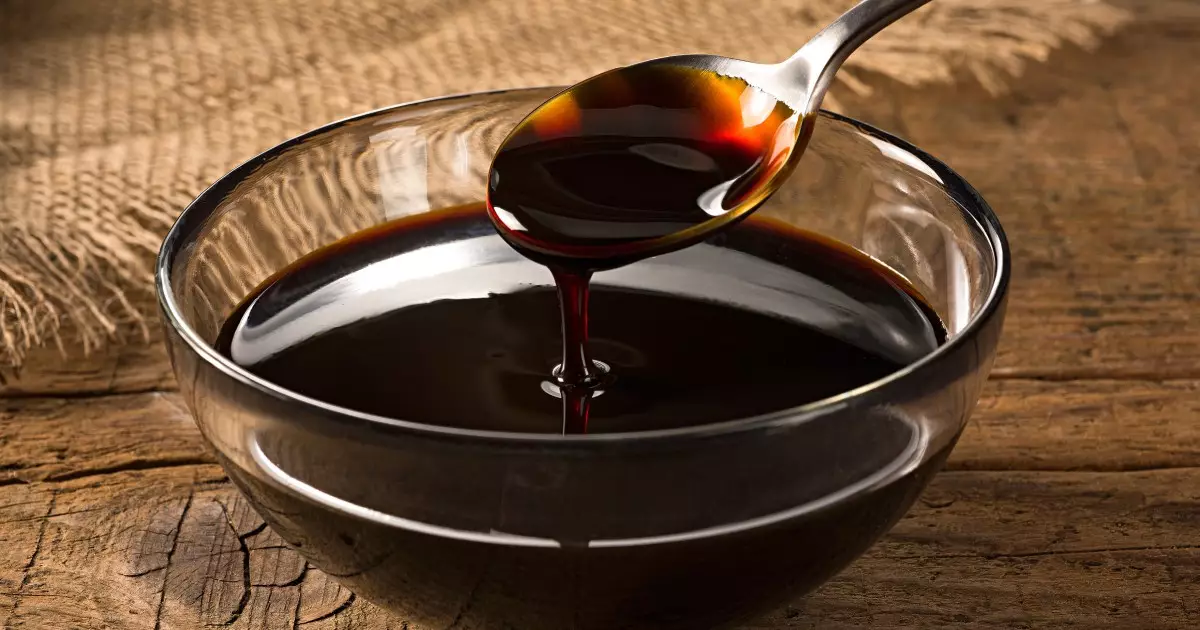As a longtime skeptic of molasses, I’ve contemplated its worthiness as a dietary option—not just for myself, but for our canine companions as well. The debate surrounding dogs and molasses unveils a surprising nutritional profile that merits exploration. Contrary to the apprehensions many pet owners might harbor regarding sugar and its effects, it turns out that a specific form of molasses can bring benefits to our dogs, provided it’s served in moderation. The key is discerning which type of molasses is safe and beneficial.
Molasses is derived from sugar cane, a plant that absorbs minerals effortlessly, but also comes with a reputation for being overly sugary. The common concern among dog owners is the potential adverse effects that sugar can have on pets, including weight-related health risks and issues pertaining to diabetes. Yet, by examining the composition of molasses, it becomes clear that there’s more than meets the eye. Particularly, Blackstrap molasses stands out as a nutrient powerhouse that deserves attention from dog owners looking to enhance their pup’s diet.
The Three Faces of Molasses
To delve deeper into the topic, it is crucial to distinguish between the various types of molasses available. Generally, three varieties exist: light molasses, dark molasses, and Blackstrap molasses. Both light and dark molasses contain significant sugar content, undermining their potential benefits for dogs. Light molasses, the first syrup produced when sugar cane is boiled, has a high sugar concentration and minimal nutrients, rendering it unsuitable for canine consumption. Dark molasses improves slightly in nutritional value due to more boiling, yet it still falls short in terms of health benefits for dogs.
On the other hand, Blackstrap molasses emerges as the champion of the trio. Through an extensive boiling process, it contains not only reduced sugar but also a wealth of vital nutrients, such as iron, calcium, magnesium, and B vitamins. These nutrients contribute to various health aspects, including immune function, energy metabolism, and even the prevention of anemia in our furry friends. Such properties make Blackstrap molasses a compelling choice for those considering adding something special to their dog’s diet.
Navigating Health Risks and Precautions
While the nutritional benefits of Blackstrap molasses are illuminating, it’s paramount to approach the introduction of any new food with caution. Consulting with a veterinarian becomes essential, especially for dogs already facing health challenges. For example, dogs with obesity or diabetes can be particularly sensitive to any form of sugar, irrespective of its healthful additives. Thus, even with the relatively lower sugar profile of Blackstrap molasses, it may still not be advisable for some dogs, underlining the importance of professional guidance.
Moderation is the golden rule here. If the vet clears it for use, pet owners can incorporate small amounts into homemade dog treats or as an occasional additive to food. Observing the dog’s reaction to this new flavor can provide insights into their preferences and tolerances. It’s a testing ground for culinary exploration that can yield delightful surprises and foster stronger bonds through shared treats.
The Ethical Angle: Health vs. Pleasure
It’s essential to reflect on the motivations behind including such ingredients in a pet’s diet. Are we, as pet owners, prioritizing nutrition out of love for our pets, or are we swayed by our desire to treat them with indulgences? The ethical implications of feeding dogs sugary options exist alongside health considerations. Balancing pleasure and well-being can often feel like a tightrope walk, where the goal is to enrich our pets’ lives without compromising their health.
Incorporating a naturally rich and nutrient-dense ingredient like Blackstrap molasses offers a unique chance to elevate our dog’s meals. However, it’s a reminder that moderation and input from veterinary professionals are paramount. Each dog is unique, with distinct dietary needs and health considerations. Thus, the journey of introducing moalsses into a dog’s diet should always be guided by cautious curiosity and informed decision-making. Let’s celebrate the possibility of shared snacks while prioritizing our furry friends’ well-being.

